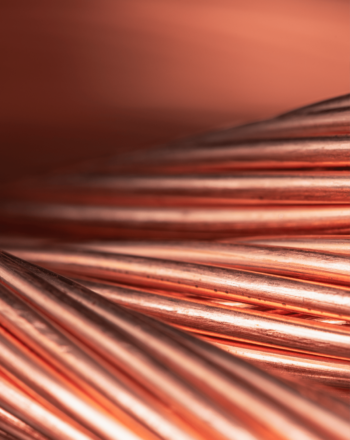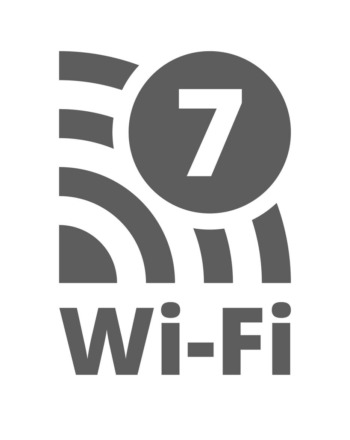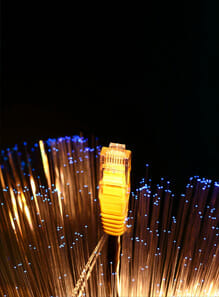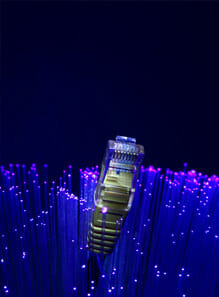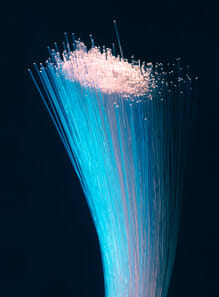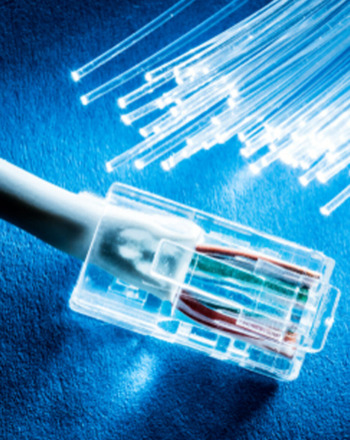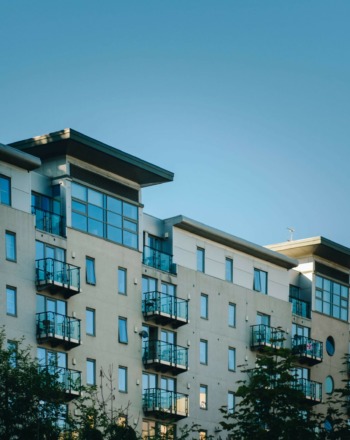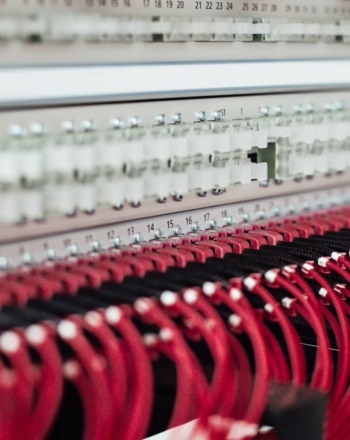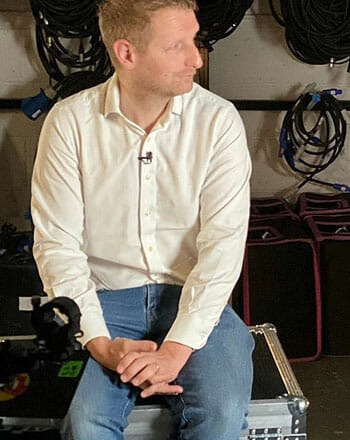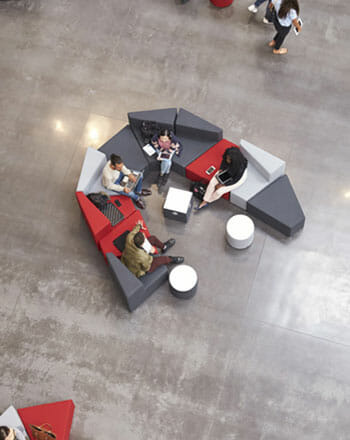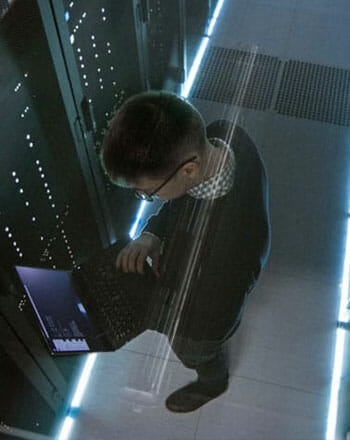Laying fibre-optic cables is complex, requiring careful planning, precision, and attention to various technical, regulatory and environmental factors.
Fibre technology also presents inherent challenges, as the cables tend to be fragile, and signals lose integrity over long distances.
This article explores the hurdles faced during fibre deployment and the best practices for solving them.
Distance
When data travels long distances without amplification, the signal tends to degrade.
In terms of fibre, this is a critical issue in rural or remote installations where the distance from the main network infrastructure can be significant.
To combat this, repeaters or signal boosters are installed regularly to amplify the signal along the journey from the source to the end user. In most situations, fibre has to be re-amplified at least every 60 miles, but this figure is much lower for higher-speed connections.
This poses a few issues for fibre installations, as each repeater or booster is another potential point of failure in the network.
The Environment/Ground
The physical environment – particularly underground conditions – is pivotal in determining the complexity and cost of laying fibre-optic cables.
In rocky or uneven terrain areas, specialised drilling and trenching equipment are often necessary. High water tables pose another challenge, requiring additional waterproofing measures to protect the cables. The composition of the ground can be unpredictable.
Moreover, existing infrastructure such as water pipes, electricity cables, and other underground infrastructure needs to be manoeuvred to avoid disruption or damage.
Moreover, fibre-optic cable installation should be minimally disruptive to both people and the environment. This involves taking measures to minimise the impact on natural habitats and wildlife, which can introduce additional regulatory hurdles and potentially lengthen the installation timeline.
Technical Challenges
Fibre-optic fibres themselves are made of glass or plastic, making them delicate and susceptible to damage if not handled carefully.
Bends or twists can lead to permanent damage, signal loss or degradation. Any imperfections or errors made during the splicing or connection process can result in poor signal quality or even total network failure.
Ensuring a flawless installation requires skilled technicians and precision equipment, both of which contribute to the overall cost and complexity of deploying a fibre-optic network.
Administrative Challenges
Fibre optic installation involves securing permits and clearances from various governmental bodies and landowners.
This involves compliance with diverse regulations to ensure the installation meets all legal requirements and standards.
Gaining access to both public and private lands is another crucial component of fibre deployment. Negotiations with landowners for right-of-way privileges can be time-consuming and involve legal expertise.
Furthermore, coordination with other utilities is vital to avoid disruptions and damage to infrastructure such as water, gas, and electricity lines.
Recent Fibre Deployment Challenges In Liverpool
In 2004 earned UNESCO World Heritage status for its post-industrial infrastructure. The city has since gone from strength to strength but urgently required upgrades to its digital infrastructure – including fibre.
The city grappled with three pivotal issues:
- The existing network was incapable of supporting Liverpool’s rising development. The city required a solution that was not just a quick fix but sustainable for the long haul.
- The surge in remote work and e-learning strained the already overburdened infrastructure.
- The city’s digital network heavily relied on a few connections to neighbouring cities, highlighting a critical need for enhanced resilience.
In response, Glide initiated an extensive fibre deployment across key economic zones, including the Knowledge Quarter, educational institutions, and retail hubs.
The deployment involved connecting two central exchanges – Liverpool Central and Liverpool Royal – creating a resilient ring of multi-fibre cables. In the unlikely event of a fibre break, traffic could be rerouted in the opposite direction, ensuring uninterrupted connectivity.
Furthermore, the network linked up with Glide’s national network at a staggering speed of 100Gbit/s, with scalability options to add more capacity as needed. This strategic deployment ensured that residents and businesses across Liverpool could access Glide’s resilient dark fibre and ultra-fast broadband services, boasting speeds of up to 10Gbit/s.
Glide’s commitment to providing exceptional customer service was evident throughout the Fibre City project.
By owning the fibre network infrastructure end-to-end, Glide ensured that new properties could be seamlessly integrated and any issues could be promptly resolved.
The result? Commercial and residential customers across Liverpool now enjoy unparalleled speeds and reliability, thanks to Glide’s 1Gbit/s and 10Gbit/s full-fibre broadband services.
Best Practices In Fibre Deployment
Here are some best practices for fibre deployment:
- Conducting comprehensive pre-installation surveys is fundamental, allowing for a detailed understanding of the terrain, existing infrastructure and potential obstacles. This preemptive approach aids in identifying the most efficient and least disruptive installation routes.
- Utilising high-quality materials and cutting-edge equipment ensures that the installed fibre network is robust, reliable, and capable of delivering exceptional performance.
- Skilled technicians play a critical role in this regard, as their expertise is crucial for precise installation, minimising the risk of errors and ensuring optimal network functionality.
Trustworthy & Reliable Fibre Installation With Glide
Glide has proven its ability to navigate complex fibre installations, delivering unparalleled connectivity solutions to its customers. We have practical, hands-on experience in overcoming barriers to fibre deployment across the technical, environmental and administrative dimensions.
Our team of experts is armed with the knowledge, skills, and tools necessary to tackle the many challenges associated with fibre deployment.
Glide's technical expertise and dedication to customer satisfaction position as a leader in the UK’s fibre installation landscape.





















